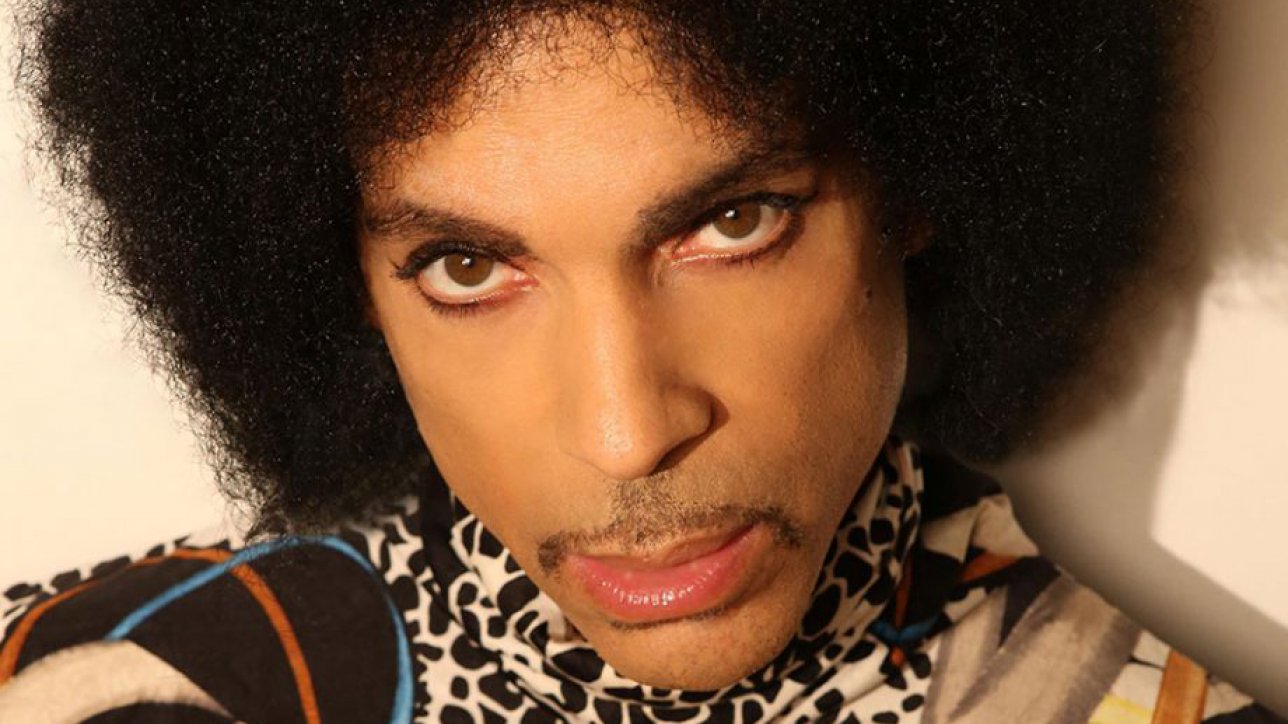Drug counterfeiters are getting smarter – so should pharmaceutical companies
Counterfeiting drugs can be traced back as far as the second century – it’s a lucrative trade that is not going away. But, in the modern age, faking drugs is a complex process and your brand needs a state-of-the-art solution, like YPB’s Motif Micro, to combat it.
When the iconic musician Prince died in 2016 as a result of a legitimate painkiller, Vicodin, being laced with fentanyl – a synthetic opioid up to 50 times stronger than heroin – fans the world overlooked for a culprit. When 200 people died in Pakistan in 2011 after taking contaminated heart medication families mourned and demanded answers. And, in 2012, when the United States Food and Drug Administration warned doctors and hospitals that a common chemotherapy drug, bevacizumab, had been tainted and cancer patients were receiving corn starch instead of anticancer medication, there was national shock and outrage.
Counterfeit drugs do not discriminate and can be found in every country in the world. According to a June 2017 report from PWC fake pharmaceuticals are worth up to US $217 billion per year, making it the number one sector in the global counterfeiting trade, followed by electronics in the number two spot and food in third. Fraudulent drugs harm or kill millions of people around the world, and irrevocably damage the trust between pharmaceutical brands and their customers.
Alarmingly, the majority of counterfeit drugs, 53 per cent, fall under life-saving categories and are used to treat conditions such as malaria, tuberculosis and HIV/AIDS. The PWC report claims that one million patients die annually around the world from toxic counterfeit pharmaceuticals.
While some counterfeit medications are ‘substandard’, meaning the products are licensed and approved but of poor quality, expired or degraded, many are ‘falsified’ meaning that the product was created to deliberately deceive people about the contents or origin. Both types of fake drugs can result in serious injury or death for the patients who unwittingly take them, and the problem is growing at an exponential rate.
A digital menace
The World Health Organisation (WHO) estimates that one in 10 medical products, including pills, vaccines and diagnostic kits, in developing countries is substandard or falsified, and that this is equally split between generic and patented products. However, counterfeit drugs are no longer the sole concern of developing countries. Counterfeiters are now using online pharmacies and fake drug websites to penetrate developed countries where traditional physical distribution has become well-regulated and protected.
In Germany, the world’s second largest online pharmacy market behind the United Kingdom (UK), the German customs authority confiscated four million counterfeit tablets in 2015. And, in September 2018, the UK’s Interpol agency seized GBP £10 million of illegal medicines in an initiative involving 116 countries, and shut down just under 5,000 websites, social media pages, ecommerce listings and other online ads that were selling them.
Drug shortages often create a vacuum that force people online to look for alternatives, but stigma also plays a part. Patients with ‘embarrassing’ conditions such as weight loss, erectile dysfunction or addiction often avoid going to a doctor and turn to online versions of medication. WHO estimates that 50 per cent of all drugs sold online are fakes. So, how do you combat a threat that hides behind a computer screen?
Keeping up with the counterfeiters
One of the ways that pharmaceutical counterfeiters avoid regulations is by leveraging the global supply chain. Often, packaging, contents and assembly will all occur in different countries. As told to the New Republic in 2015, before the counterfeit chemotherapy drug bevacizumab arrived in the United States, investigators found it had travelled through Turkey, Switzerland, Denmark, the UK, and Canada. PWC reports that 90 per cent of all drugs purchased online come from a different country than is claimed on the website.
In response to increasing public awareness about drug counterfeiting, some countries have adopted ‘mass serialization’ and ‘track-and-trace’ technologies. And, in a move putting global brands on alert, the European Union and the United States will legally require drug companies to adopt mass serialization and other counterfeiting measures starting this year.
While many pharmaceutical brands will install anti-counterfeiting measures to satisfy these regulatory requirements, supply chain protection can also help ease the financial impact of counterfeiting, with recalls becoming less expensive, and inventory costs declining.
While fake pharmaceuticals may seem like an insurmountable problem, YPB has created a multi-patented solution unlike any other on the market. Motif Micro is smartphone-readable nanoparticle technology that is so accurate it could serialise every grand of sand on earth – so the billions of pills and drugs in the world will be an absolute breeze!
Unclonable and invisible to the human eye, Motif Micro technology can be embedded as a covert tracer into your brand’s logo, so it becomes your own smartphone-readable, anti-counterfeit customer engagement mark. Once connected to our YPB Connect cloud-based platform, Motif Micro technology will allow you to harvest customer profiles from interactions, and even schedule personalised social media content for your customers. Combating counterfeiters, meeting international regulations and engaging your customer base all with an invisible mark – the future of secure pharmaceutical supply chains has arrived.
Stopping fake drugs saves lives and protects your brand – contact us today to help defend your pharmaceutical supply chain and see the game-changing Motif Micro technology in action.

